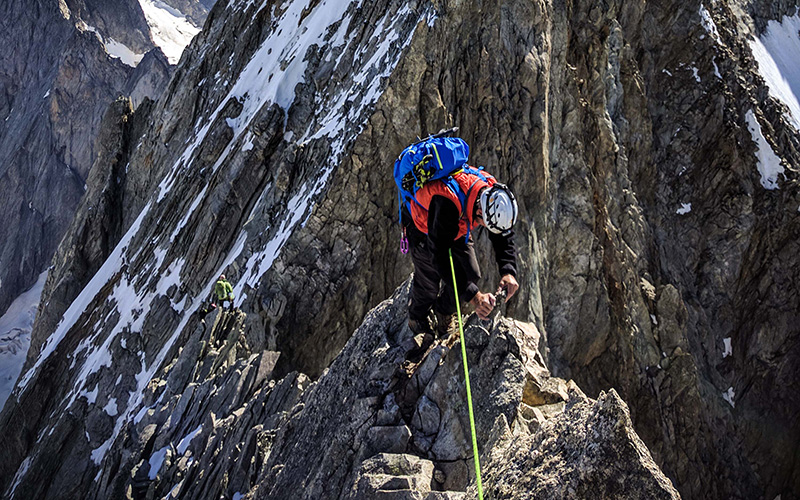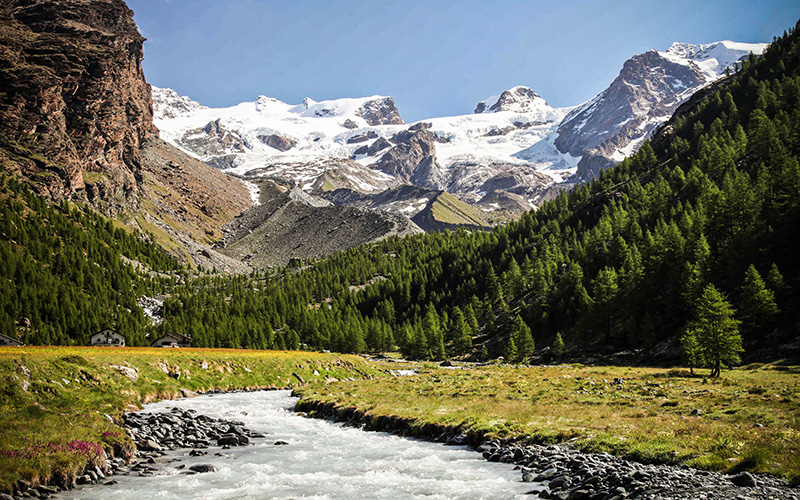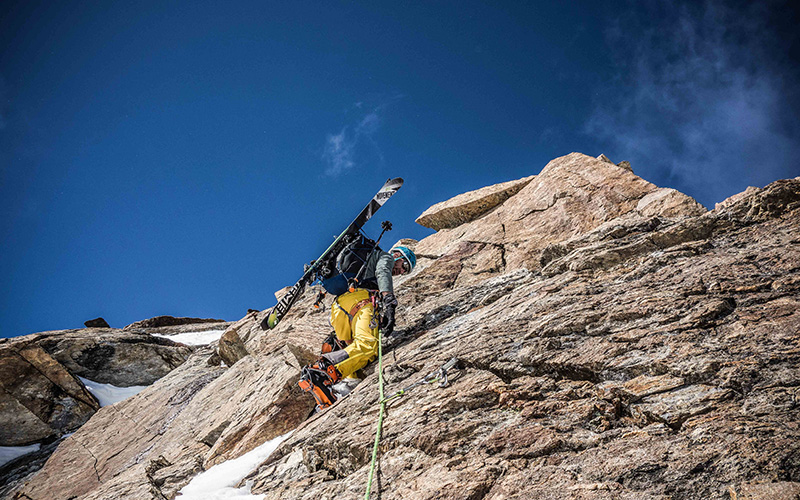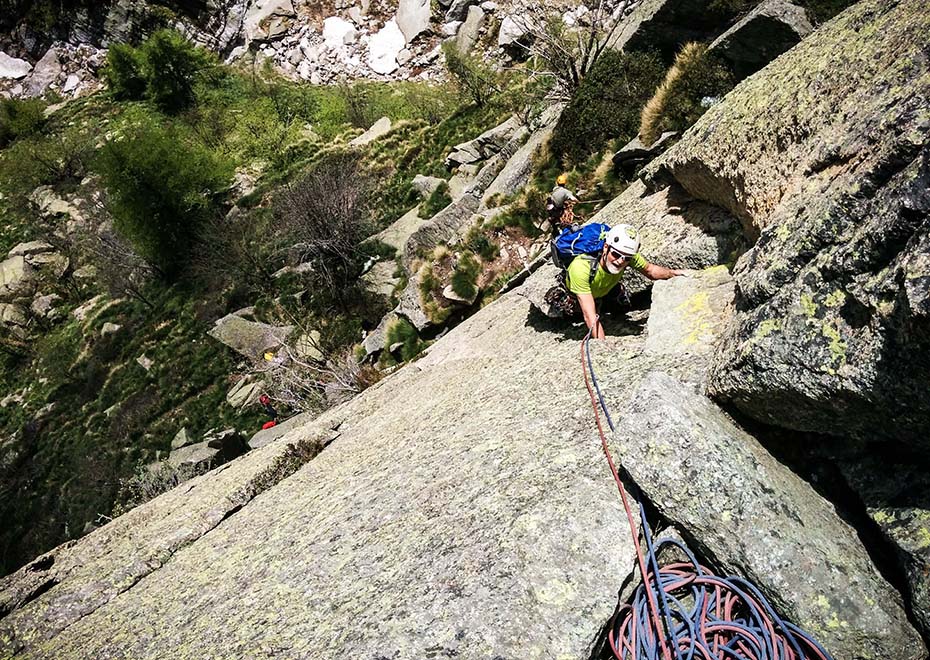Whether you are a beginner in outdoor climbing, climbing expert, mountaineer or simply on holiday for children: Guidemonterosa’s climbing programs are varied and adapted to the participants. The Aosta Valley offers a paradise for climbing. You have the choice between countless cliffs and rocks or fixed climbing spots. Once at the top, the view of the valley is always a pleasure. The region has many routes that are equipped with good hooks in the rock. The Aosta Valley offers everything from safe climbing routes for children to “trad climbing” in the Orco Valley.



